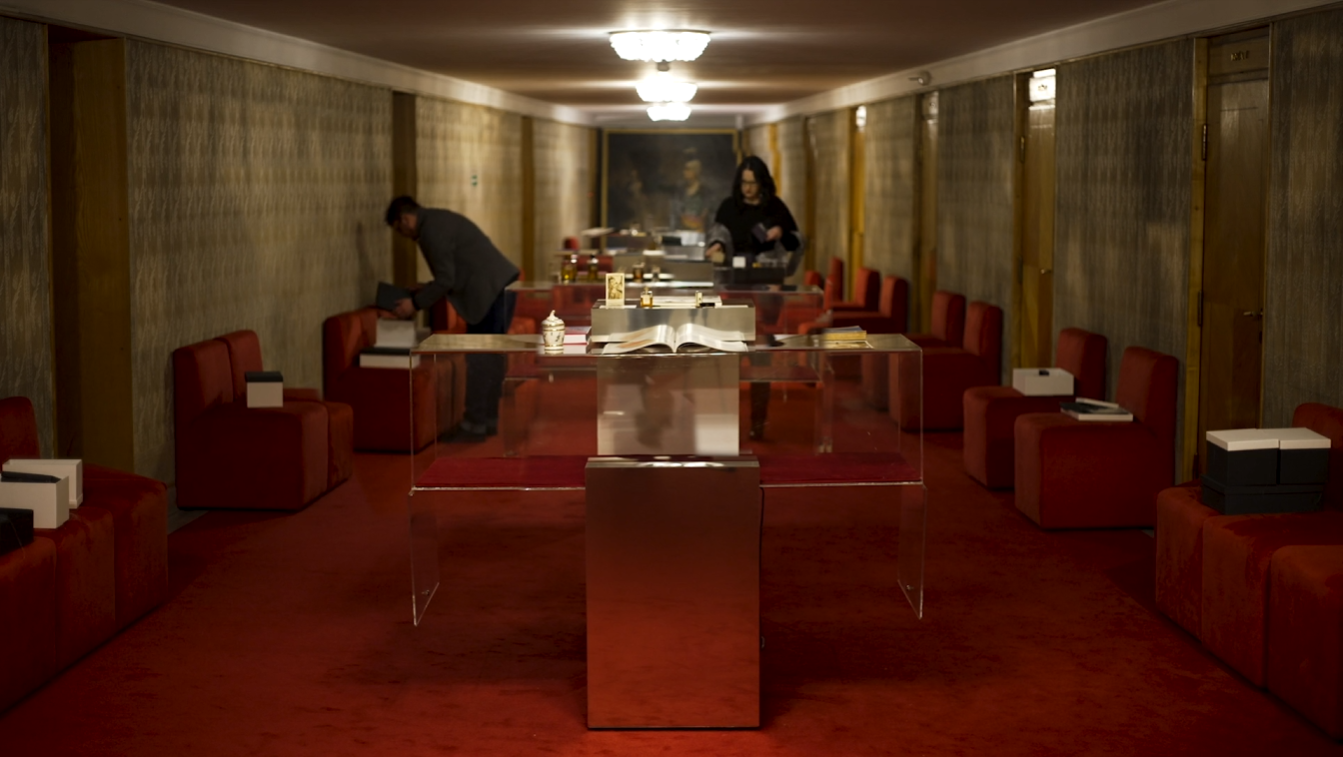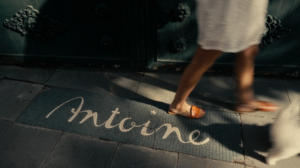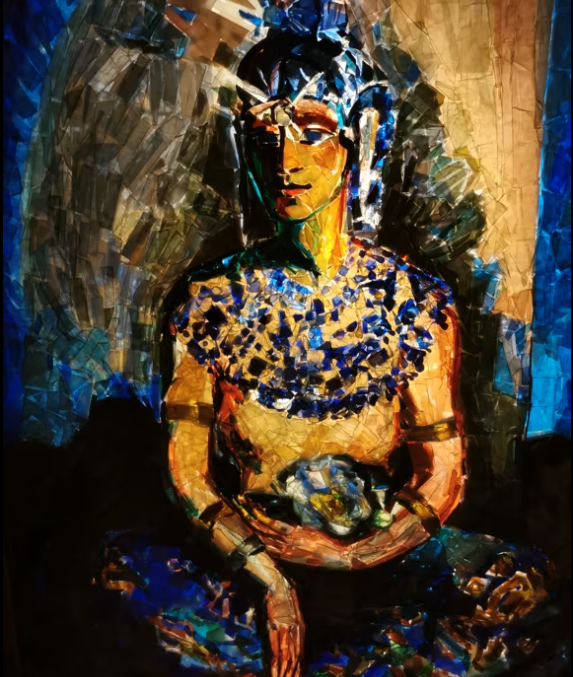Monsieur Antoine
Film in progress
Director : Sebastiano D’Ayala Valva
Duration : 80 minutes
Year of production : in development
Broadcaster : Pitched at Doc Lisboa
Supports : CNC, Procirep Angoa, Media Creative Europe
Co-producer : Vision House
The life of Antoine is eminently enigmatic. But what I am now convinced of, after several years of investigation, is that this figure acts like a "vortex," a magnet for those who approach and allow themselves to be drawn into the whirlwind of his exuberant life. The trail left by the "Master of Modern Hairdressing" is filled with unsolved mysteries, characters with sometimes dubious interests, and heirs, real or supposed, with conflicting interests and motivations. What all these people share is their fascination with Antoine. Little by little, I too, as a filmmaker, found myself drawn into this dance, and I invite the viewer to join as the narration unfolds. My film will gradually unravel these enigmas as I continue to shoot, giving the story its spice and dynamic flow. The following treatment is the most faithful transcription of what I believe I have grasped about the character of Antoine to date.
One day, when he was only eight years old, a boy named Antek decided to cut his little sister Salomé's hair because he found her hairstyle unattractive. To fix her blonde curls, he used a pot of honey, unknowingly creating the first hair-setting product. This was the first haircut performed by Antoni Cierplikowski, the son of peasants from the small Polish town of Sieradz, who would soon become "Monsieur Antoine," the pioneer of modern hairdressing and one of the most famous artists of his time... Arriving in Paris at the age of 17, his rise was meteoric. He invented all the techniques of hairdressing, opened salons around the world, and built a commercial empire that at its height spanned from France to the United States, and from Australia to Japan. However, it was in the world of entertainment where his art reached its highest expression. One of his most significant moments came when he "rejuvenated" one of the greatest theater stars of the time, Eve Lavallière, by cutting her hair into a "garçonne" style. This happened in 1909 and was the first of its kind.
With this pioneering gesture, Antoine challenged traditional images of women, causing a sensation. Becoming the hairdresser to the greatest celebrities of his time, it was through cinema that this haircut spread worldwide and shattered all beauty standards, helping to create the image of the modern woman, exemplified by Louise Brooks' "Lulu." The list of his clients between the 1920s and 1960s reads like a parade of stars and top-tier personalities: from Édith Piaf to Brigitte Bardot, Sarah Bernhardt, Marlène Dietrich, Greta Garbo, Joséphine Baker, all the way to First Lady Eleanor Roosevelt, whom he personally convinced to adopt the short haircut. Antoine's success matched his eccentricity. Like a movie actor, he constantly staged himself, blending reality with imagination but never truly revealing himself. In Paris, he organized spectacular costume parties where he dressed as Louis XIV, with models he called the "Antoinettes" showcasing his latest hairstyles. A similar parade of celebrities could be found among his friends: Jean Cocteau, Arthur Rubinstein, Salvador Dali, his wife Gala, Pablo Picasso, Van Dongen… He had luxurious homes built where he lived with his wife, Berthe Astier, while secretly maintaining relationships with men.
It was only in the United States, where he lived without his wife during World War II, that he allowed himself to live his sexuality freely. He had the building that still stands today at No. 1 Avenue Paul Doumer, facing the Trocadéro, constructed and made it his main residence. There, he installed a white organ and invited musicians to play during his extravagant receptions attended by all of Paris’s elite. Among them was the famous organist Jean Guillou, with whom Antoine was rumored to be madly in love. Antoine, a true patron, launched Guillou's career, as he did for many other artists of his time.
Obsessed with the idea of his own death, he slept in a glass bed shaped like a coffin and had not one, but two graves built for himself decades before his death. But by the mid-1960s, something changed. Antoine left the stage to his disciples, including the legendary Monsieur Alexandre, and—without naming a successor—he mysteriously decided to return to his native Poland, where he gradually faded into obscurity. During this voluntary exile, he continued to stage himself: he had himself photographed as a monk and even organized a rehearsal of his own funeral, with a marching band playing Chopin’s Funeral March, and the inhabitants of his hometown Sieradz as extras. All this was captured on camera.
Today, Monsieur Antoine is forgotten. His empire has vanished, as has his fame. There is no company or brand bearing his name. His dozens of hair salons have been renamed. Antoine is not mentioned in French fashion schools. None of his beauty products remain in circulation. Worse yet, nobody knows who "Antoine of Paris" was... except for a handful of people, including two or three hairdressers who still quietly travel to lay combs on his two graves: the one in Poland, where his body lies, and the one in Paris, where his right hand now rests. The same hand that styled the world, which his best student, Alexandre of Paris, could not bear to see buried anywhere other than Paris.


LES FILMS DE LA BUTTE © All rights reserved 2025
